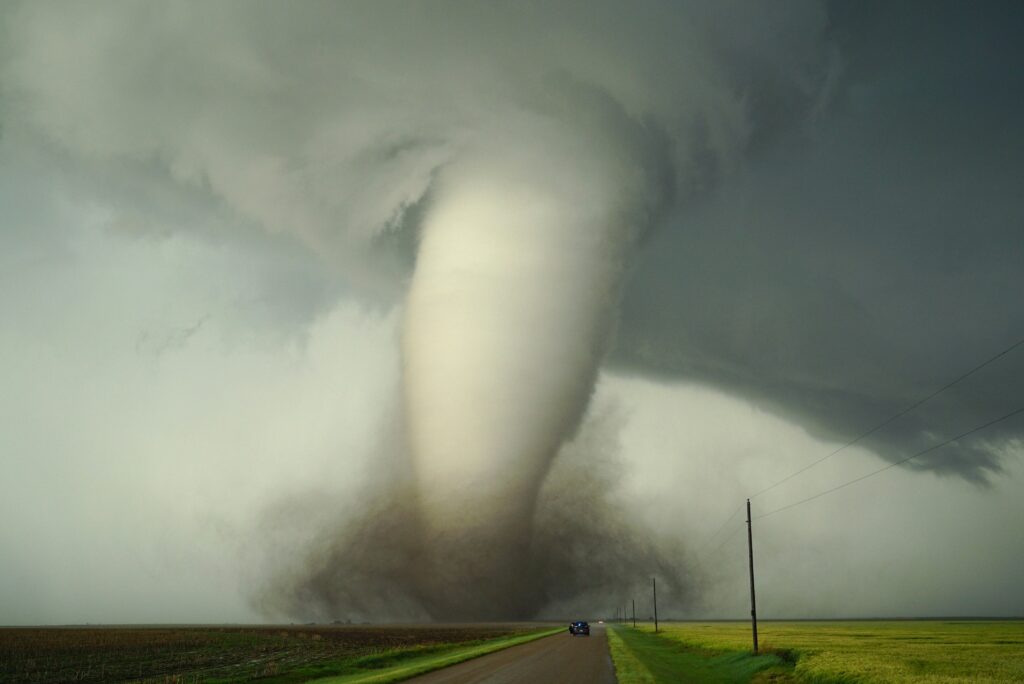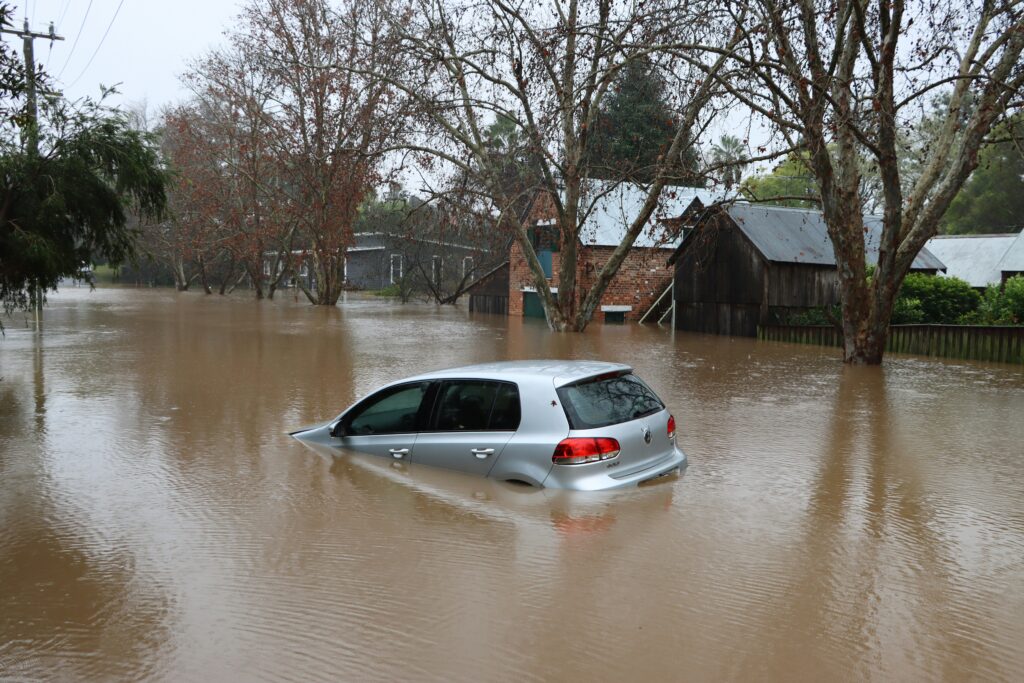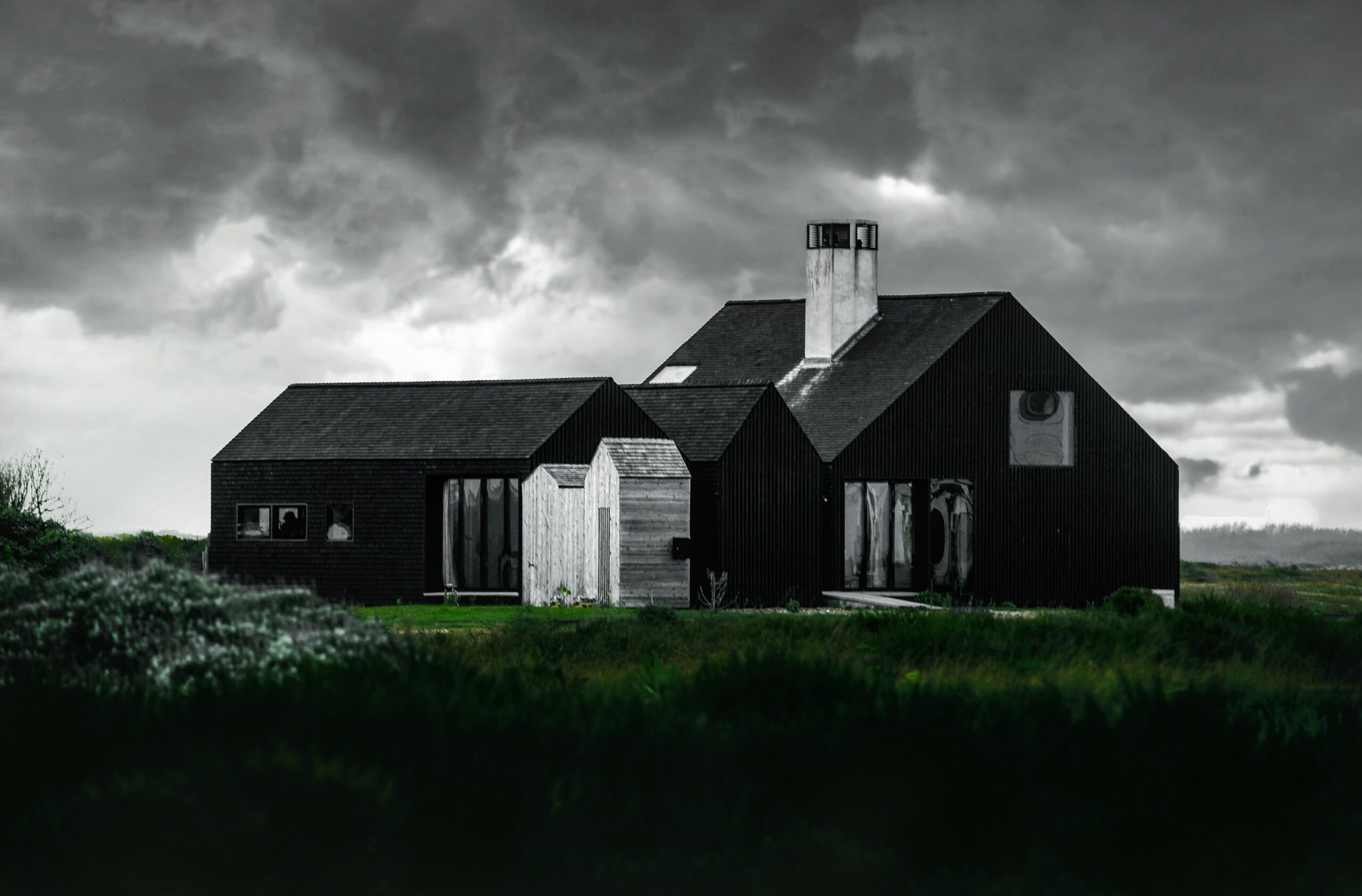Is Your Home Disaster-Ready? A Guide to Emergency Preparedness
Natural disasters can strike at any time—often with little warning. From hurricanes and wildfires to earthquakes and floods, every region faces unique risks.
Yet many people underestimate their own vulnerability. If you’re a homeowner or even a renter, it’s essential to ask yourself: Is your home disaster-ready?
Understanding and reducing homeowner risk is not just about protecting property—it’s about ensuring the safety and well-being of everyone under your roof.
This guide breaks down the steps you can take today to strengthen your home’s defenses and prepare your household for emergencies.
Whether you’re in a floodplain or far from any coastline, there’s no such thing as being “too prepared.”
1. Understanding Your Region’s Disaster Risks
Emergency preparedness starts with awareness. Different areas face different threats, and recognizing these can help you prioritize what steps to take. By understanding your local homeowner risk profile, you can tailor your preparedness efforts effectively.
Common regional disaster risks include:
- Hurricanes: Common along the Gulf Coast and Atlantic Seaboard
- Wildfires: Increasingly frequent in the Western U.S. and dry, rural areas
- Earthquakes: Predominantly a risk in California, Alaska, and parts of the Midwest
- Floods: Can happen anywhere, but especially near rivers or low-lying zones
- Blizzards: A concern in northern and mountainous regions
- Tornadoes: Most common in the Midwest and Southeast U.S.

How to Assess Your Risk:
- Check FEMA’s flood zone maps
- Review historical weather data for your ZIP code
- Speak with your insurance agent about regional risk factors
- Consult your local emergency management agency
2. Building a Home Emergency Kit
A well-stocked emergency kit is one of the easiest and most effective ways to reduce homeowner risk. This kit should be easily accessible and contain supplies that your family could need for at least 72 hours.
Essentials for your emergency kit:
- One gallon of water per person, per day
- Non-perishable food and a manual can opener
- First aid kit with necessary medications
- Flashlights and extra batteries
- Portable phone charger or power bank
- Whistle to signal for help
- Personal hygiene items and sanitation supplies
- Copies of important documents (ID, insurance, medical records)
- Cash in small denominations
- Face masks, gloves, and hand sanitizer
Pro Tip:
Don’t forget to include items for pets, babies, or individuals with special medical needs. Recheck your kit every six months to replace expired food or medications.
3. Creating a Family Emergency Plan
In the chaos of an emergency, having a plan can save lives. Every member of your household should know what to do, where to go, and how to communicate during a crisis.
Being proactive in your planning significantly reduces homeowner risk and stress during an event.
Elements of a strong emergency plan:
- Evacuation routes: Identify multiple ways out of your neighborhood and city
- Meeting locations: Choose one spot nearby and one outside your area
- Communication plan: Set up an out-of-state emergency contact everyone can check in with
- Emergency roles: Assign tasks such as grabbing the emergency kit, securing pets, etc.
- Disaster-specific responses: Practice earthquake drills or wildfire evacuations depending on your region
Helpful Resource:
Use templates from Ready.gov to build your family’s emergency communication and evacuation plans.
4. Safeguarding Your Property Against Disasters
Making your home more resilient doesn’t have to be expensive or complicated. There are a variety of home improvements—big and small—that can significantly reduce homeowner risk from natural disasters.
Protective upgrades to consider:
- Storm shutters: Ideal for hurricane-prone regions
- Fire-resistant landscaping: Use non-combustible materials and keep vegetation trimmed
- Seismic retrofitting: Strengthens homes against earthquake forces
- Sump pumps and drainage systems: Help prevent flood damage
- Surge protectors: Protect electronics from power spikes during storms
- Anchor heavy furniture: Prevents tipping during earthquakes
Check with Your Insurance:
Many insurers offer discounts for homes that take proactive steps to reduce disaster risk. It’s worth asking about any available incentives for fortifying your property.
5. Reviewing and Updating Insurance Coverage
Even the most prepared homeowner can suffer losses during a disaster. That’s where insurance comes in.
But simply having a policy isn’t enough—you need the right coverage.
Unfortunately, many people only realize their coverage gaps after disaster strikes.
Key insurance considerations for disaster preparedness:
- Homeowners insurance: Covers wind, fire, and some storm damage
- Flood insurance: Not included in standard policies; must be purchased separately through FEMA or private insurers
- Earthquake insurance: Required in high-risk areas and also sold separately
- Loss of use: Pays for temporary housing if your home becomes uninhabitable
- Replacement cost vs. actual cash value: Understand which one your policy uses
Review Your Policy Annually:
Update your coverage to reflect home improvements, new valuables, or changes in regional homeowner risk due to climate shifts or population growth.

6. Preparing for Recovery After a Disaster
What you do after a disaster is just as important as what you do before. Recovery can be long and emotionally taxing, but having a plan helps you bounce back more efficiently.
Steps to take after a disaster:
- Contact your insurance provider to start the claims process
- Take photos of damage before making repairs
- Keep receipts for all expenses, including temporary lodging
- Be cautious of scams or unlicensed contractors offering help
- Seek assistance from local and federal relief organizations if needed
Maintain a Disaster Recovery Binder:
Keep a physical or digital binder with your insurance policies, contact lists, medical info, and receipts. This will save you time and stress when filing claims or applying for aid.
Take Control of Your Homeowner Risk Today!
Disasters may be unpredictable, but your response doesn’t have to be.
By understanding your homeowner risk and taking proactive steps to prepare, you’re protecting not just your home, but your future.
Emergency preparedness is an investment in peace of mind—one that pays off when you need it most.
Don’t wait for disaster to strike.

